Grammatical gender



Shaetlan systematically refers to inanimate things as he/she/it, so that a pen drive is a "he", a phone is a "she", and oo is "(h)it": things that can be counted, like laptops and fiddles, are either "he" or "she", while things that cannot be counted, like sand and wool, and abstract things, like idea and dream, are "(h)it". This is called grammatical gender and is different from natural gender, where living things are "he/she" based on their biological sex and everything else is "it". Old English and Old Norse had grammatical gender. German still has it: a chair is a he (der Stuhl), a flower is a she (die Blume), and a girl is an it (das Mädchen). English has lost the feature and only has natural gender, except that vehicles, sea vessels and countries are "she"s, but Icelandic, Faroese and Western Norwegian dialects still have grammatical gender.
Artwork: Julie Dennison.
